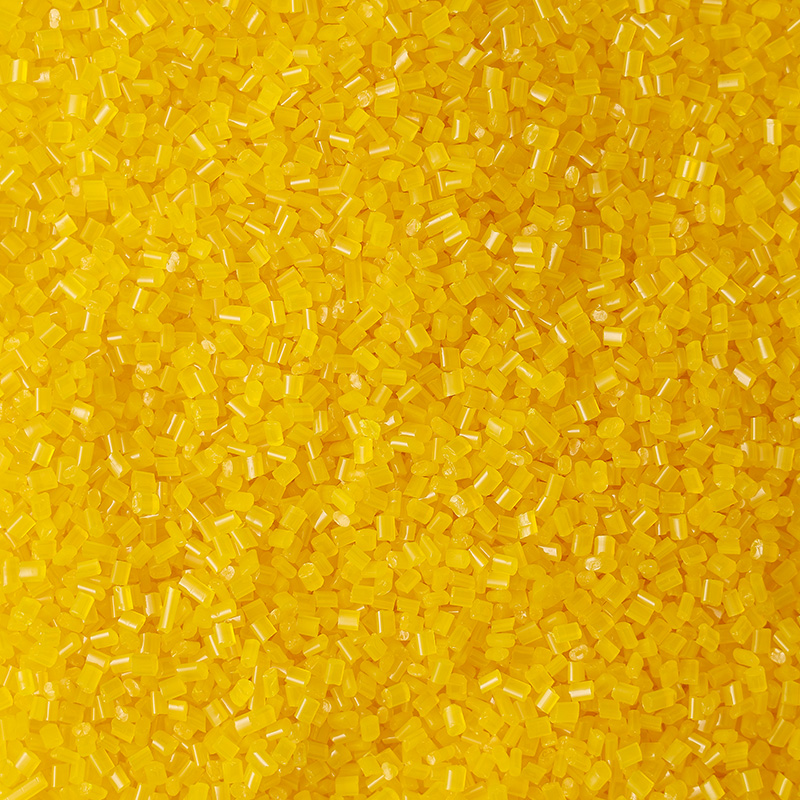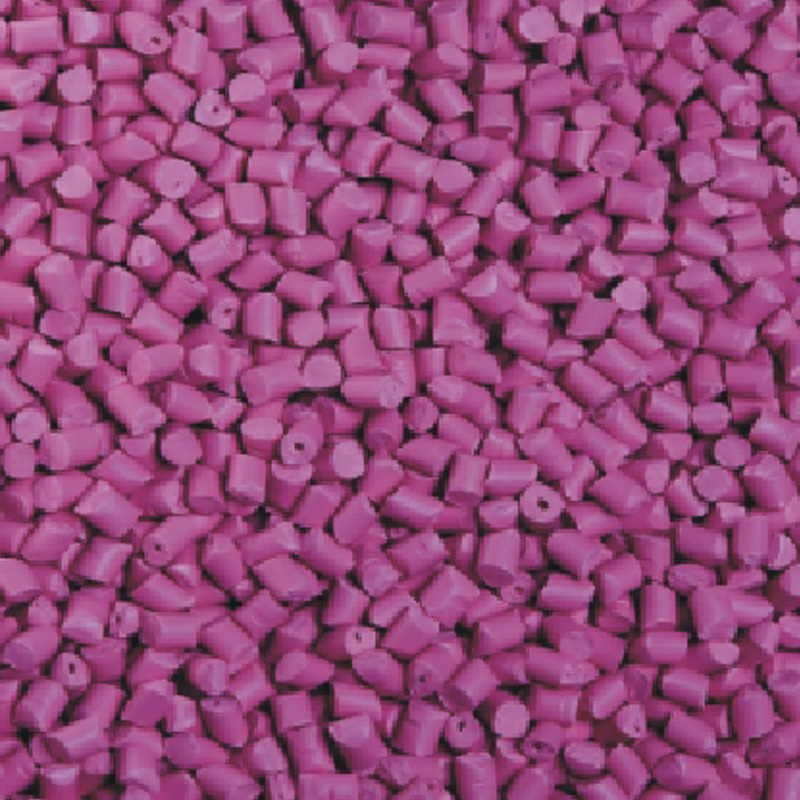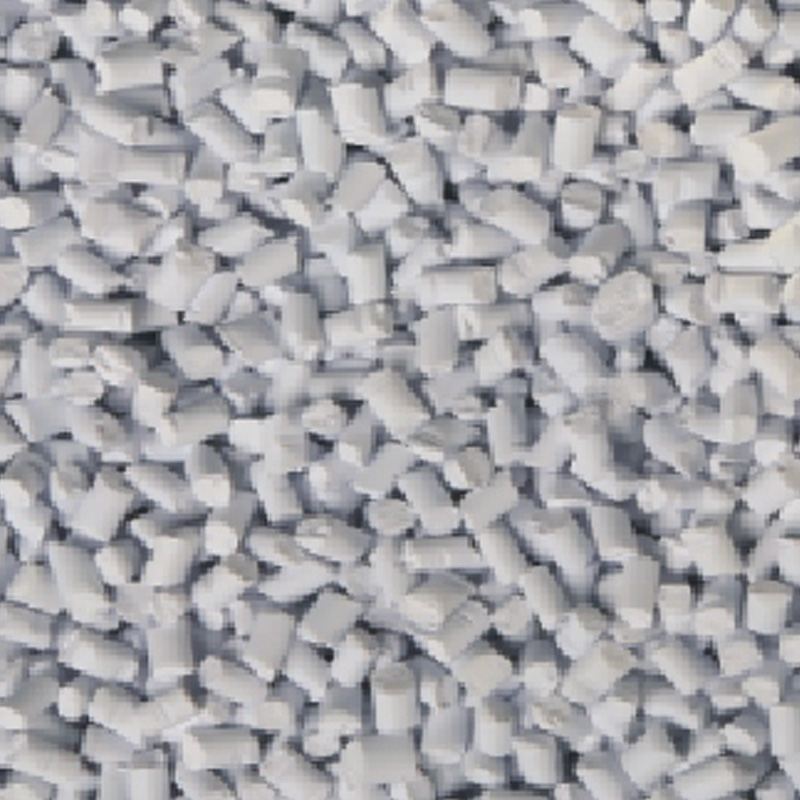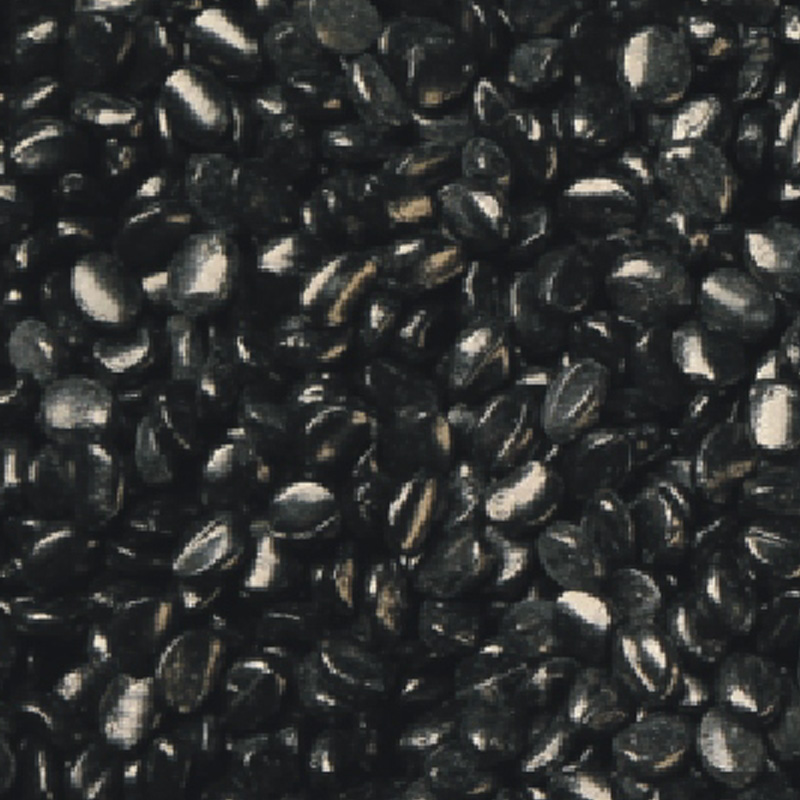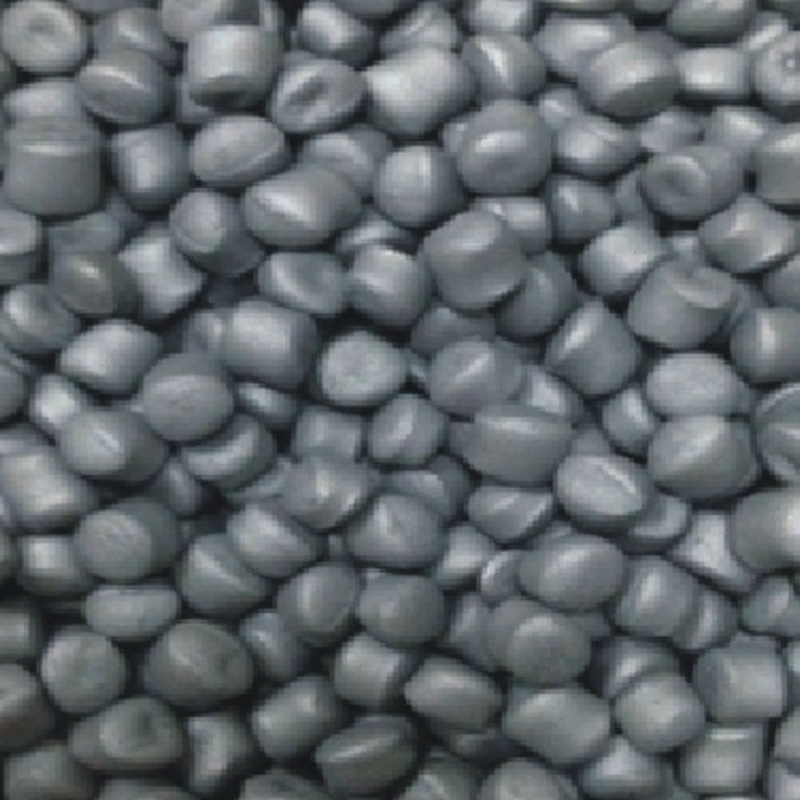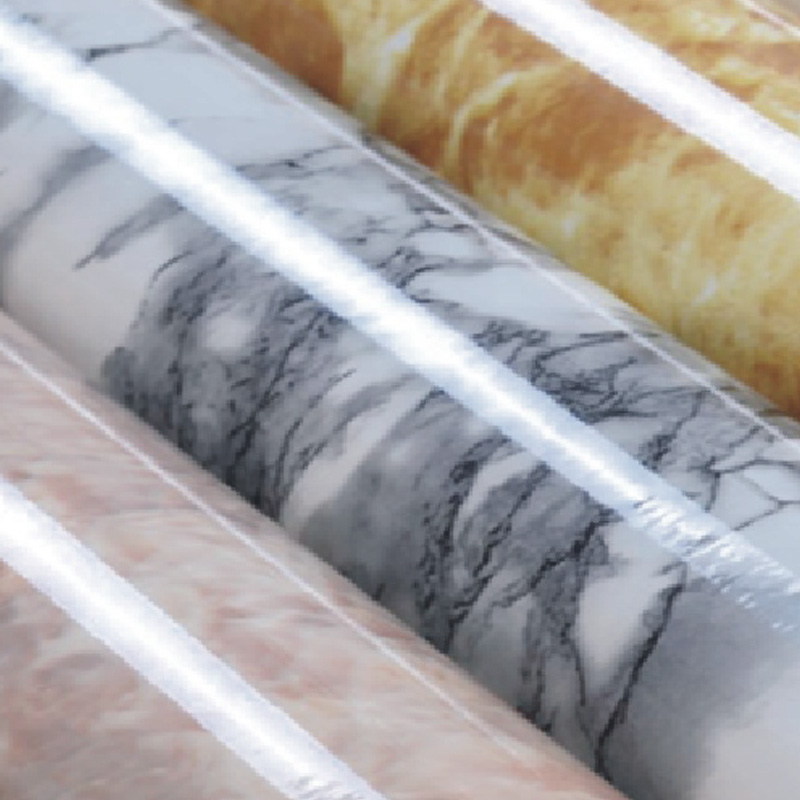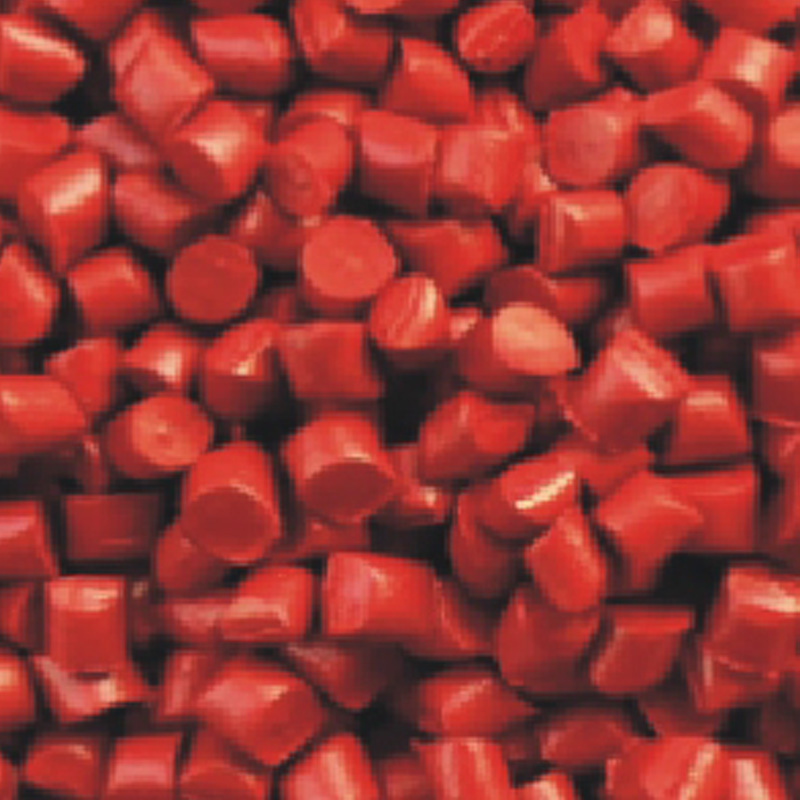The world of pigments is vast and diverse, with a wide range of materials available for various applications. Two common pigments used in various industries are epoxy pigment powder and titanium dioxide pigment. Both of these pigments have their unique characteristics, making them suitable for different purposes.
Epoxy pigment powder is a type of organic pigment known for its outstanding heat resistance, chemical stability, and weatherability. These pigments are synthesized through a complex chemical process, resulting in a fine powder that can be easily dispersed in various media, such as epoxy resins. The unique properties of epoxy pigment powder make it an ideal choice for applications that require long-lasting color and stability.
Some key characteristics of epoxy pigment powder include:
1. Heat Resistance: Epoxy pigment powder exhibits exceptional heat resistance, making it suitable for high-temperature applications, such as powder coatings, automotive parts, and electronic components.
2. Chemical Stability: These pigments are highly resistant to chemicals, making them ideal for use in harsh environments or in the production of products that may come into contact with chemicals.
3. Weatherability: Epoxy pigment powder is known for its outstanding weatherability, ensuring that the color remains vibrant and stable even when exposed to sunlight, humidity, and other environmental factors.
4. Lightfastness: The pigments are highly lightfast, meaning they do not fade or change color when exposed to light over time.
5. Transparency: Epoxy pigment powder can be used to create transparent or translucent effects, allowing for unique visual effects in various applications.
Titanium dioxide pigment, commonly known as titanium white, is an inorganic pigment widely used in various industries due to its exceptional opacity, whiteness, and UV protection properties. It is a versatile pigment that can be used in a wide range of applications, including paints, coatings, plastics, and inks.
Some key characteristics of titanium dioxide pigment include:
1. Opacity: Titanium dioxide pigment is highly opaque, making it an ideal choice for applications that require a high level of coverage and hiding power.
2. Whiteness: The pigment is known for its bright, pure white color, which makes it a popular choice for creating light, vibrant shades in various products.
3. UV Protection: Titanium dioxide pigment offers outstanding UV protection, making it suitable for use in applications that require protection from harmful ultraviolet rays, such as outdoor paints and coatings.
4. Chemical Stability: Like epoxy pigment powder, titanium dioxide pigment is also chemically stable, ensuring that it will not react with other components in the mixture and maintain its color and properties over time.
5. Durability: The pigment is highly durable and resistant to fading, making it suitable for long-lasting applications and products that will be exposed to various environmental factors.
When comparing epoxy pigment powder and titanium dioxide pigment, it is essential to consider the specific requirements of your application. Some factors to consider include:
1. Application: Determine the primary use of the pigment and whether it needs to withstand high temperatures, chemicals, or UV exposure.
2. Desired Color: Consider the desired color and visual effects, such as transparency or opacity, when selecting the appropriate pigment.
3. Performance Requirements: Evaluate the performance requirements of your product, such as durability, lightfastness, and weatherability, to ensure the chosen pigment meets these criteria.
4. Cost: Compare the costs of epoxy pigment powder and titanium dioxide pigment, taking into account the required quantities and the overall budget for your project.
5. Environmental Impact: Assess the environmental impact of the pigments, as some may be more eco-friendly or sustainable than others.

 English
English Español
Español русский
русский
